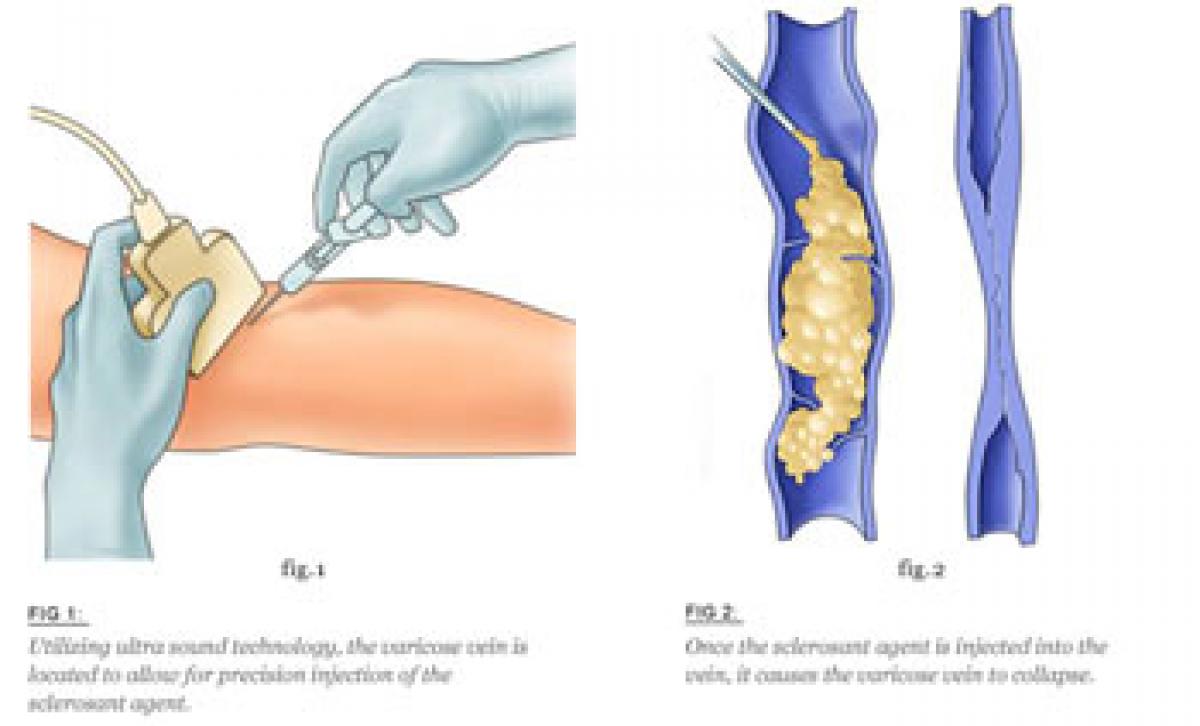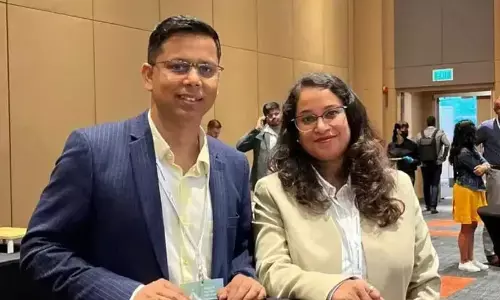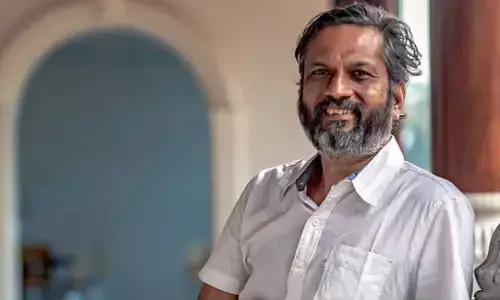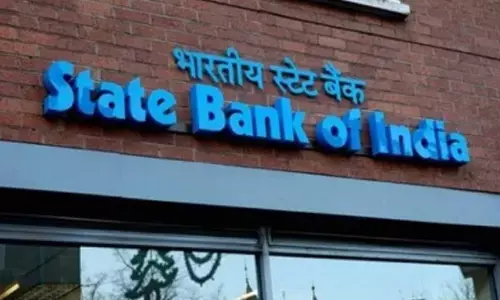Modern laser ablation treatment for Varicose veins

Varicose veins are defined as swollen, distended veins, usually occurring in the legs, though they can occur anywhere in the body. Seen in people aged 30 years and above, the condition is caused by weakened valves of veins in the legs. Normally, one-way valves in veins keep blood flowing from legs up towards the heart.
 Varicose veins are defined as swollen, distended veins, usually occurring in the legs, though they can occur anywhere in the body. Seen in people aged 30 years and above, the condition is caused by weakened valves of veins in the legs. Normally, one-way valves in veins keep blood flowing from legs up towards the heart.
Varicose veins are defined as swollen, distended veins, usually occurring in the legs, though they can occur anywhere in the body. Seen in people aged 30 years and above, the condition is caused by weakened valves of veins in the legs. Normally, one-way valves in veins keep blood flowing from legs up towards the heart.
When these valves do not work as they should, blood collects in legs and pressure builds up. The veins become weak, enlarge, get twisted and appear blue and black because they contain deoxygenated blood. The longer a person stands or sits without moving, the more the blood pools in the veins.
Women are more likely to develop the condition. Hormonal changes during pregnancy, menstruation and menopause may be a factor. In addition, taking Hormone Replacement Therapy (HRT) or birth control pills may increase risk of varicose veins. The condition may surface for the first time or may worsen during late pregnancy due to increase in volume of blood and consequent decrease of blood flow from legs to pelvis.
Painful signs and symptoms
• An achy or heavy feeling in legs
• Burning, throbbing, muscle cramping and swelling in lower legs
• Worsened pain after sitting or standing for a long time
• Itching around one or more veins
• Skin ulcers near the ankle
Varicose veins are not just a cosmetic problem. It's a medical disease. The damage done once cannot be reversed and it keeps progressing to the next stage. Thus it's a progressive and irreversible disease.
A Doppler ultrasound scan of leg veins is done, to check the blood flow pattern in veins and rule out any blood clot for diagnosing the condition.
Treatment and drugs
There is no medical line of treatment for varicose veins. You need to choose between surgical or laser treatments.
There are some self-care measures you can take to decrease the discomfort that varicose veins can cause. Exercising, losing weight, elevating legs while sleeping, avoiding long periods of standing or sitting and using compression stockings help in delaying the progression of the disease.
Many patients suffering from varicose veins are offered traditional surgical stripping and ligation. A stripper tool is threaded through the diseased vein to pull it out of the leg and involves two to three weeks recovery.
A minimally invasive hybrid therapy consists of Endovenous Laser Ablation and Foam Sclerotherapy that can be preferred over surgery because of its high advantages.
It is an easy day care procedure done through a single needle puncture with minimal complications. In addition, it has cosmetic advantages in that it does not leave surgery scars and doesn’t require general anesthesia.
Patients can get back to their work the very next day of the treatment. (The author is MD in Radio Diagnosis, FVIR and consultant in interventional radiology at Apollo Hospitals in Hyderabad.)
By Dr BALAJI PATEL KOLA


















